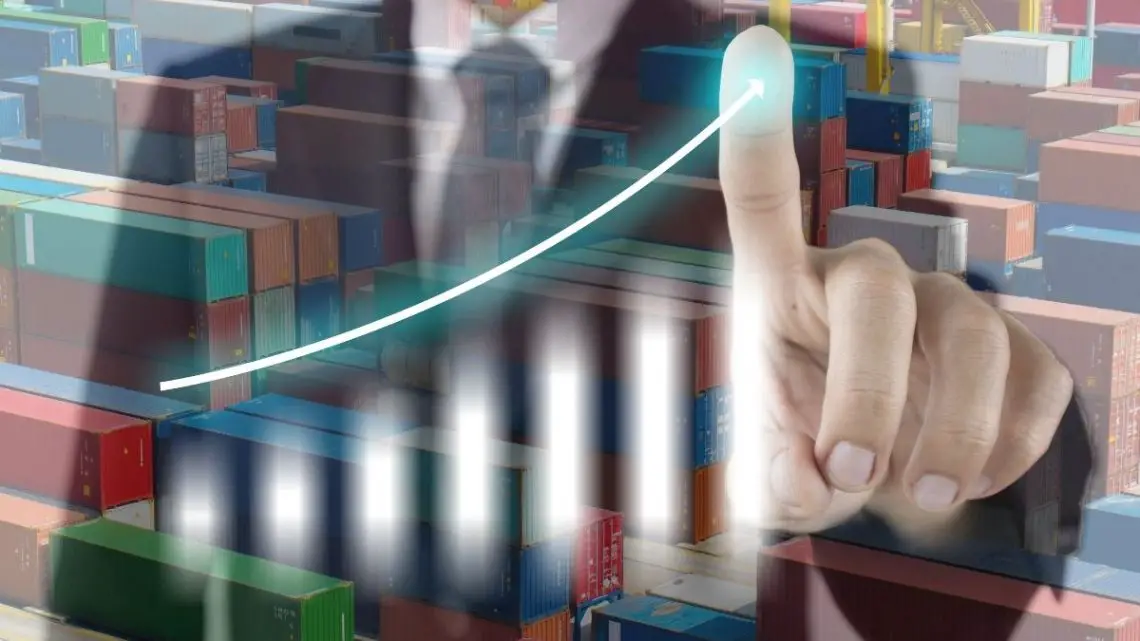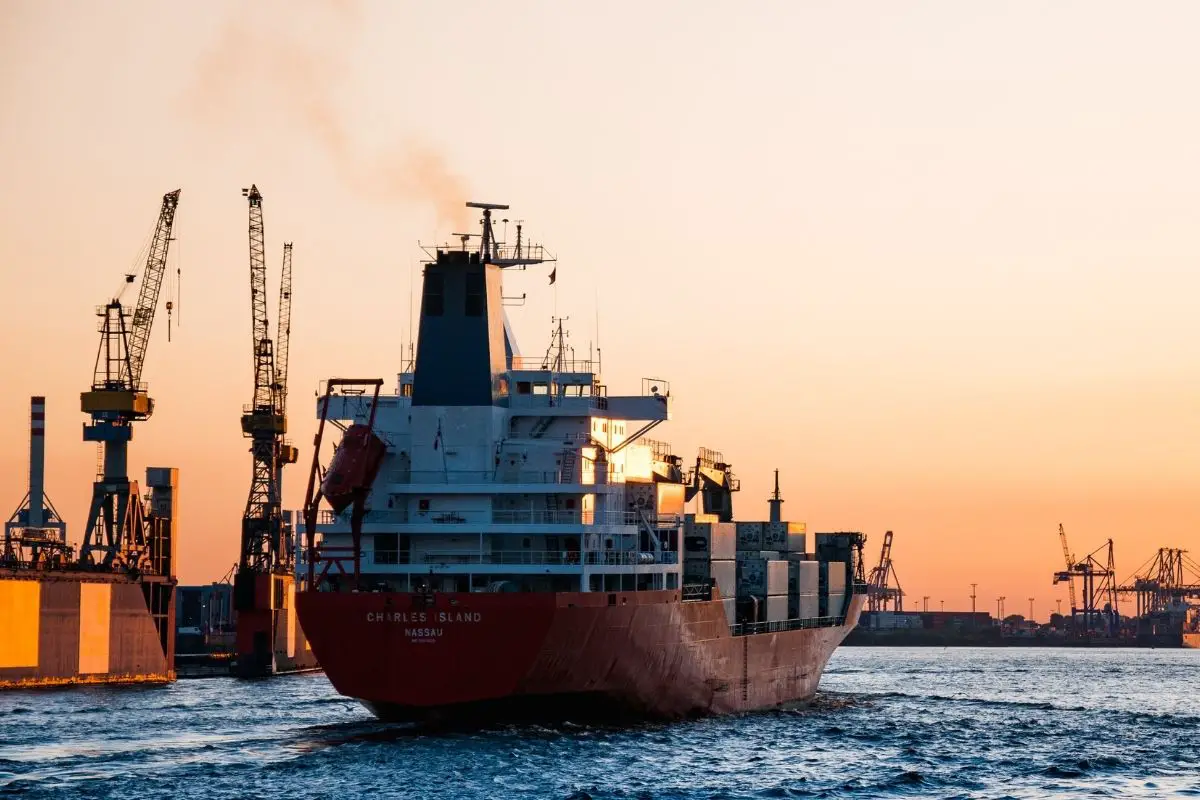
Renewable hydrogen fuel could slash shipping emissions by 80 percent, says IRENA
October 21, 2021Green and carbon-free forms of H2 may help the industry to reach that goal by 2050.
Rapidly replacing fossil fuels with renewable hydrogen fuel in combination with advanced biofuels could slash greenhouse gas emissions produced by the marine shipping industry by 80 percent by 2050.
This assessment was published in a new report by the International Renewable Energy Agency (IRENA).
Decarbonizing the global marine shipping industry is considered to be one of the most critical and challenging sectors to address. While efforts are being made to meet 2050 climate targets, they remain far from likely to successfully reach that goal. Alternative options such as renewable hydrogen fuel are among the most promising for changing that outlook for the better.
“Our outlook clearly shows that cutting CO2 emissions in such a strategic, hard to abate sector, is technically feasible through green hydrogen fuels,” said IRENA Director-General Francesco La Camera.
Focusing on renewable hydrogen fuel to replace fossil fuels.
The new report IRENA recently published, called “A Pathway to Decarbonize the Shipping Sector by 2050”, provides a roadmap for the global shipping sector to reach global climate targets. According to IRENA in that report, renewable hydrogen fuel, advanced biofuels and other cleaner alternatives to fossil fuels should comprise at least 70 percent of the marine shipping sector’s energy mix by 2050 in order to achieve global climate targets.
In short term, #advancedbiofuels will play a key role in #decarbonising 🌍#Shipping. In medium & long-term, #GreenHydrogen #fuels will be critical – enabling up to 80% of #emissions cuts in line w/ 1.5C goal. Read👇 https://t.co/1iIzGcd17s@IMOHQ @BIMCONews @COP26 @UNFCCC pic.twitter.com/B7jwZ8iShE
— IRENA (@IRENA) October 16, 2021
“Taking early action is critical,” stated La Camera in a recent Maritime Executive report. “May this report encourage policymakers, ship owners and operators, port authorities, renewable energy developers and utilities to work together towards common climate goals and show their ambition to world leaders at the UN climate conference COP26 in Glasgow.”
Challenges to overcome in shipping powered by renewable hydrogen fuel.
IRENA’s report compared the international shipping sector to what it would represent if it were a country. In that case, it would be the sixth to seventh largest CO2 emitter in the world. The report’s decarbonization roadmap is based on four primary measures for decarbonization. These include:
- Indirect electrification through the use of green H2 fuel
- Using advanced biofuels
- Improving the energy efficiency of marine shipping vessels
- Reducing activity in the sector by way of systemic global trade dynamics changes.
IRENA predicts that over the short term, advanced biofuels will be critical to slashing emissions, providing as much as 10 percent of the total energy mix for the sector by 2050. Over the medium- and long-term, renewable hydrogen fuels will be key, comprising as much as 60 percent of the total energy mix by that year. IRENA also stated that e-ammonia and e-methanol were the most promising green H2 fuels. Furthermore, it expects that e-ammonia in particular will be central to the sector’s decarbonization by 2050.

E-ammonia as a source of H2 fuel for shipping decarbonization
The report predicts that e-ammonia may make up as much as 43 percent of the energy needs for the shipping sector by 2050. This would indicate that renewable ammonia would be used to the degree of 183 million tons for international shipping alone. That amount is comparable to the current global ammonia production.
The report from IRENA also indicated that the cost of producing the alternative fuels and their availability will be the determining factor for the use of specific green energy sources. To achieve zero carbon emissions, the industry will need to use an energy mix that is 100 percent renewable by 2050.
Though costs for these greener energies have been falling at a faster rate, the industry will still require further declines in cost before they will become the top choice for propulsion over fossil fuels and other polluting sources. Therefore, the report indicates that a realistic carbon levy will be vital to a successful transition. This will place an adjustable carbon price on each fuel source in order to prevent new investments into fossil fuels and stranded assets.
Stakeholders will be key to renewable hydrogen fuel adoption
The report called on stakeholders to form expanded business models and to enter into strategic partnerships in energy-intensive industries, power suppliers, and the petrochemical industry. Stakeholders will require engagement and full mapping so that all players involved will be on the same page and pursuing the same target, including the use of renewable hydrogen fuel and advanced biofuels. As such, governing bodies regulating international marine shipping with also need to form necessary and participative planning exercises, with step-by-step strategies to achieve 2050 zero emission goals.
About IRENA
IRENA is an intergovernmental agency concentrating on providing countries with support in their transition to achieve a sustainable energy future. It seeks to ease cooperation, advance knowledge, and support the adoption and sustainable use of greener energy sources such as renewable hydrogen fuel.



 With over 15 years of reporting hydrogen news, we are your premier source for the latest updates and insights in hydrogen and renewable energy.
With over 15 years of reporting hydrogen news, we are your premier source for the latest updates and insights in hydrogen and renewable energy.